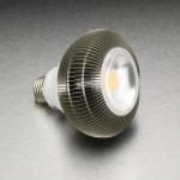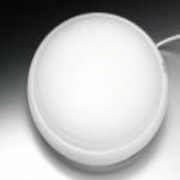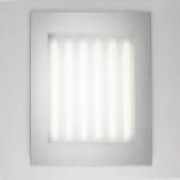LED Lighting For Displays
It is well known that coloured materials often fade or change colour after exposure to sunlight. They become “sun-bleached”.One of the main causes of this fading phenomenon is Ultra Violet (UV) light, which many people are familiar with as the cause of sunburn.
When inks are exposed to UV light, the structure of the dye or pigment is broken down, changing its properties and causing the colour to change.
But UV is not only present in sunlight. Conventional incandescent lights also produce UV, while fluorescent lights rely on UV to produce their visible light. Heat can also contribute to the fading process and conventional lights use heat to produce their light.
This has caused major problems for museums and art galleries, where precious works of art are illuminated for many hours every day. Delicate images are being properly lit, but they are constantly being subjected to damage.
Of course, the cost of lighting these images can also be a major problem. With energy costs rising and environmental issues coming to the fore, reducing energy consumption is a priority.
But conventional energy saver bulbs are not a viable solution. These Compact Fluorescent Lamps, known as CFLs, emit harmful UV. So how can we display fragile images with sufficient light to allow us to fully appreciate them? And how can we achieve this while saving energy?
Light Emitting Diodes (LEDs) are the perfect answer. The latest generation of LED bulbs are straightforward replacements for conventional bulbs and they use the same fittings. Changing from incandescent to LED is as easy as changing a light bulb.
Because of the way that they produce their light, LEDs do not emit any UV. So now, it is safe to light an image without worrying about causing it to fade. LEDs also produce pure white colour light, at an equivalent colour temperature to daylight, so colours appear true and vibrant.
Not only do LEDs provide a solution to the UV problem, but they are also incredibly efficient. When compared with a regular halogen spot light, an LED spot light would require only ten percent of the energy to emit an equivalent amount of light.
It is easy to see why the latest generation of LED lights are destined to replace conventional lighting in display applications – for gallery owners, artists, photographers and museums, LED lighting really is the perfect solution.
Visit the Kudos website for more information on LED Lighting For Displays





